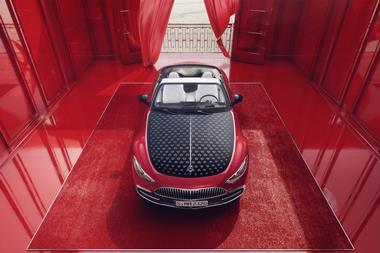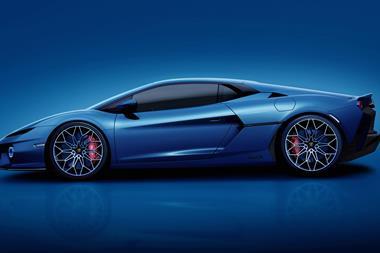Reading between the lines: how much meaning does car aesthetics really carry?
By Aidan Walsh
2022-10-25T08:35:00
Aidan Walsh considers whether the syntax around car design carries the weight – and intended meaning – that it used to
As car industry jargon goes, the phrase ‘design language’ is a firm favourite. Kodo, L-Finesse, Flame Surfacing, Art & Science, Kinetic Design, Fluidic Sculpture, the rise, fall and progression of such visual philosophies has long fascinated designers and enthusiasts alike.
However, despite the popularity and longevity of the term itself, it is often tempting to view the underlying concept of form language through a somewhat sceptical, dismissive lens. Beyond marketing bumf and bluster, it’s easy to doubt whether such ‘languages’ actually tell us anything of significance. After decades of bombardment with style after style and visual terminology galore, not to mention the commodification, co-opting and cynical exploitation of once evocative cues, are we not now numb to the idea that visuals can signify genuine meaning? Does style still hold the power to excite, awe or shock us the way it once did, or is talk simply too cheap in the language of car design?






















